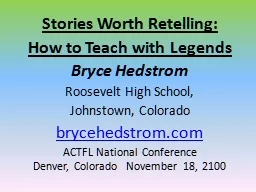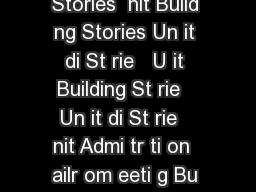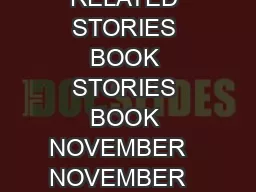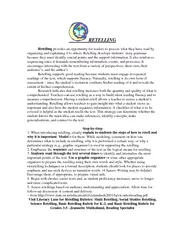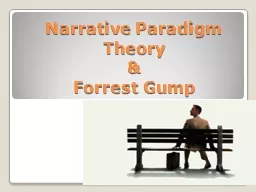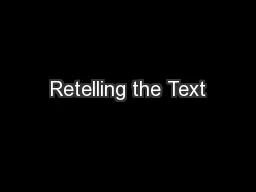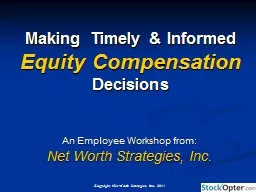PPT-Stories Worth Retelling:
Author : pamella-moone | Published Date : 2016-05-22
How to Teach with Legends Bryce Hedstrom Roosevelt High School Johnstown Colorado brycehedstromcom ACTFL National Conference Denver C olorado November 18 2100
Presentation Embed Code
Download Presentation
Download Presentation The PPT/PDF document "Stories Worth Retelling:" is the property of its rightful owner. Permission is granted to download and print the materials on this website for personal, non-commercial use only, and to display it on your personal computer provided you do not modify the materials and that you retain all copyright notices contained in the materials. By downloading content from our website, you accept the terms of this agreement.
Stories Worth Retelling:: Transcript
Download Rules Of Document
"Stories Worth Retelling:"The content belongs to its owner. You may download and print it for personal use, without modification, and keep all copyright notices. By downloading, you agree to these terms.
Related Documents

